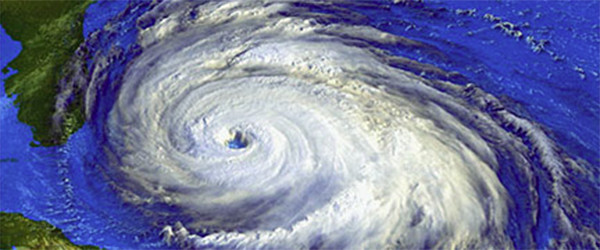A statement from WHOI President and Director Susan K. Avery regarding the uncontrolled flow of oil in the Gulf of Mexico
May 26, 2010 - The Deepwater Horizon oil rig disaster and subsequent oil spill and plumes in the Gulf of Mexico continue to be a focus of national attention and of special concern and interest for the ocean science community. In response to numerous requests from government, industry and academic research organizations for scientific and technical guidance and assistance related to this environmental catastrophe, the Woods Hole Oceanographic Institution is collaborating to provide a multi-disciplinary suite of scientific and technological capabilities based on four decades of experience in oil spill research.
WHOI researchers have conducted scientific studies on oil spills and offshore drilling throughout the world, from assessment of immediate impacts to long-term investigations of residual effects on both deep water and estuarine habitats. WHOI scientists made major contributions to all three “Oil in the Sea” reports by the National Research Council, and fully understand that every spill is different in terms of location, affected habitats and species, dispersion of plumes, and nature of hydrocarbon products, which can change in composition over the course of a spill and its aftermath.
Because its independence allows much latitude, WHOI can offer leadership and counsel through partnerships with all parties, including academic colleagues and experts in the immediately affected Gulf states. Our goal is to make our expertise available in an impartial and transparent manner to build a strong research response capable of supplying the highest quality scientific data collection, processing, and analysis to guide current mitigation efforts and to help prevent such events in the future.
WHOI has comprehensive expertise in plume transport, circulation and dispersion; environmental assessment and habitat impacts; toxicology; and geochemistry. WHOI is also a global leader in deep sea exploration, technology, and research, and possesses the vehicles, sensors, tools and operational knowledge to work in the ocean, from surface to seafloor to subseabed. WHOI’s capabilities are particularly well suited to meet the deep water challenges of this particular spill.
On May 19 in Washington, D.C., the President’s Office of Science and Technology Policy convened a meeting of researchers from academia, federal agency leaders, and representatives from BP to discuss the ongoing spill. I attended the meeting, accompanied by Coastal Ocean Institute Director Chris Reddy and Biology Department Chairman Judith McDowell. On the same day, WHOI Associate Scientist Rich Camilli testified before the House Energy and Commerce Committee about methods to measure the oil spill flow. These three scientists have extensive experience with previous oil spills.
Rob Munier, Vice President for Marine Facilities and Operations, is our central point of contact to coordinate the Institution’s response to this ongoing situation. We are actively collaborating with NOAA and the Coast Guard, and many researchers are submitting proposals for rapid funding from NSF. Judith McDowell and Chris Reddy will continue to offer a high-level view of the overall science needs. In addition, we have established five initial working groups to assist in specific topic areas: geochemistry; transport, circulation and physical dispersion; toxicology; habitat impacts, including species endangerment; and deep submergence operations and technology.
In the coming days and weeks, as authorities managing this spill seek additional involvement of the scientific research community, WHOI will do all it can to participate with moorings, sensors, autonomous vehicles, and gliders to measure flow rates, map plume dispersion, characterize hydrocarbons in the water column, and provide high density data and meta-data in real time—helping to make this the most immediately and intensively studied oil spill in history.










 Facebook
Facebook Twitter
Twitter Instagram
Instagram Vimeo
Vimeo YouTube
YouTube LinkedIn
LinkedIn RSS Feeds
RSS Feeds






